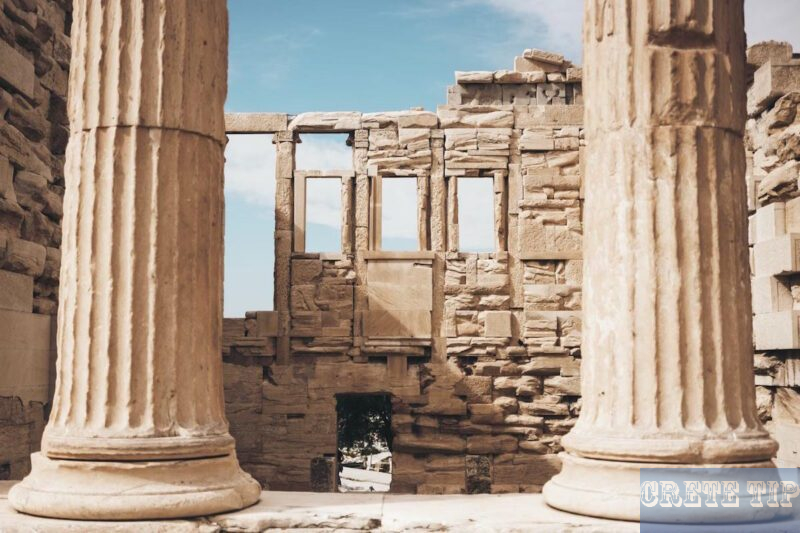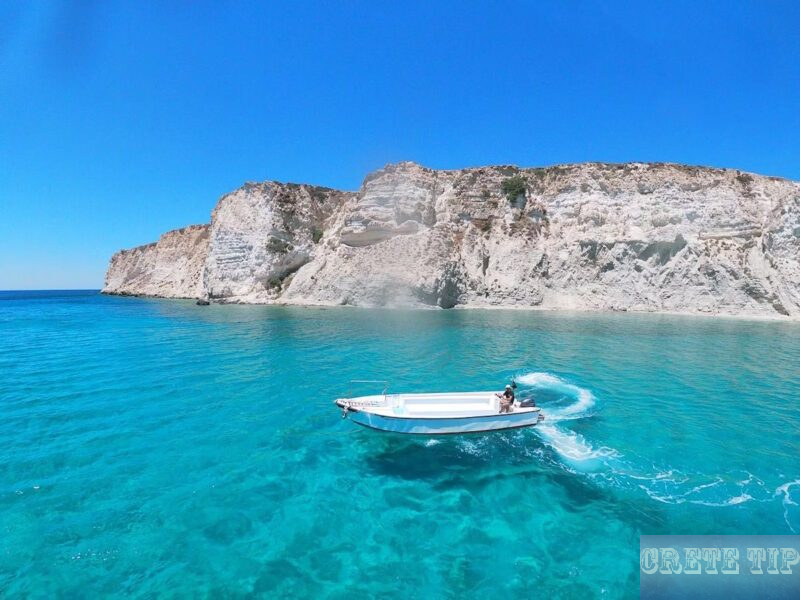Arkadi Monastery with the drone on Wednesday, 13 November 2024.

Arkadi Monastery is a significant historical and cultural site located on the Greek island of Crete, about 23 kilometers southeast of Rethymnon.
History: Founded in the 5th century, the current buildings mostly date back to the 16th century Venetian period.
Architecture: The monastery is an impressive example of Baroque and Renaissance architecture, with a mix of Roman and Venetian influences.
Significance: It’s most famous for its role in the Cretan resistance against Ottoman rule in 1866.
Holocaust of Arkadi: During the Cretan revolt, hundreds of Greeks, mostly women and children, sought refuge in the monastery. When Ottoman forces besieged it, the defenders chose to blow up barrels of gunpowder, sacrificing themselves rather than surrendering.
Symbol: This act of sacrifice made Arkadi a symbol of Cretan independence and resistance.
Features: The monastery complex includes a church, cells for monks, storerooms, and a refectory.
Museum: There’s a small museum on site displaying relics from the 1866 battle and other historical artifacts.
Religious importance: It remains an active monastery and an important pilgrimage site for Orthodox Christians.
Tourism: Today, it’s a popular tourist attraction, offering insight into Cretan history, architecture, and religious life.
UNESCO consideration: The monastery has been proposed for inclusion on the UNESCO World Heritage Site list.
Arkadi Monastery is considered one of the most historically and emotionally significant sites on Crete, embodying the island’s spirit of resistance and sacrifice.
The entrance fee is currently €4 and the monastery can also be reached by bus from Rethymnon.
Video of the drone flight over Arkadi monastery:
More photos from Arkadi monastery:












